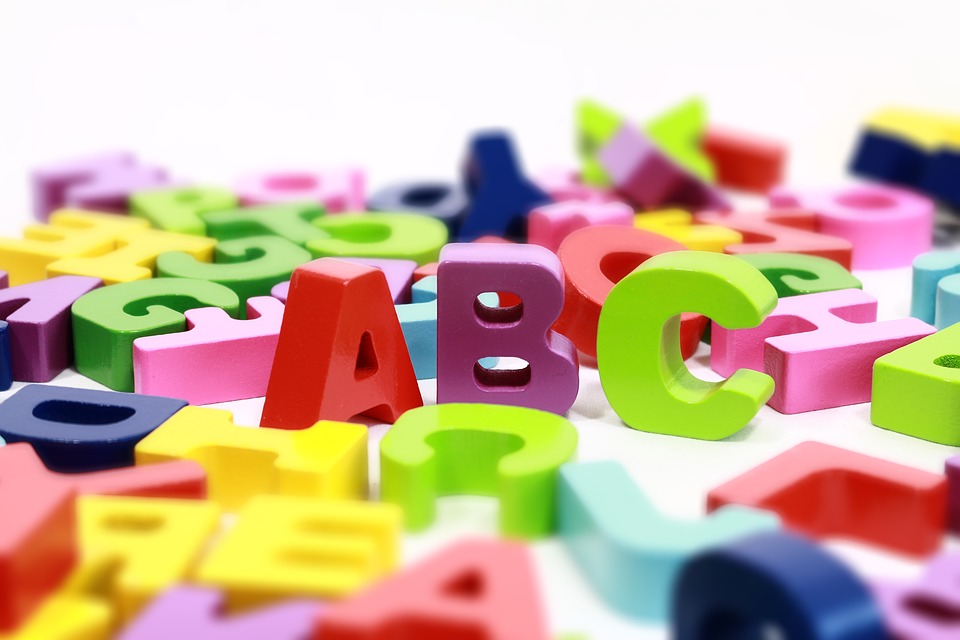
Human brains envision real objects in a three-dimensional world. Due to this fact of viewing objects and understanding the nature of a three-dimensional world, the human brain can identify objects in different orientations, such as mirrored or backward, a term called mirror generalization. This has been tested in infants, children, and animals. On the other hand, reading alphabetical letters is a two-dimensional perception task. To learn to read, a person must be able to read letters with mirrored generalization, but this task is difficult in children with dyslexia. But children with dyslexia who have strong spatial skills early on can learn the skill of mirror generalization, but still cannot control its use, much like an on and off switch.
The struggle with mirror images.
Key Takeaways:
1
The human mind works with 3d items differently than 2D items.
2
The brain does different things with 2D reading.
3
The brain can get this confused causing dyslexia.
Read the full article here:
https://blog.dyslexia.com/unflipping-the-letters/
https://blog.dyslexia.com/unflipping-the-letters/
Do You Need help with a Learning Difficulty?
Our simple online analysis will help you get to the core of the problem and find the right solution for you.
Understanding how to help someone with a learning difficulty starts with understanding which micro-skills are affected. When you learn which of the micro-skills is the problem, you will then be on your way to solving it.
You'll also learn how to:
- Build confidence
- Enhance Learning ability
- Eliminate avoidance
- Build grit
You can get this analysis for free by filling out this simple form. This will help you get to the bottom of a learning difficulty and provide you with a solution. If you are ready to put this problem behind you click the button below and fill out the form.










